In solid materials, magnetism generally originates from the alignment of electron spins. For instance, in the ferromagnet iron, the overall net magnetization is prompted by the alignment of spins in the same direction.



Now, new research reveals yet another engineering feat of this ancient animal’s structure: its ability to filter feed using only the faint ambient currents of the ocean depths, no pumping required.
This discovery of natural ‘“zero energy” flow control by an international research team co-led by University of Rome Tor Vergata and NYU Tandon School of Engineering could help engineers design more efficient chemical reactors, air purification systems, heat exchangers, hydraulic systems, and aerodynamic surfaces.
In a study published in Physical Review Letters, the team found through extremely high-resolution computer simulations how the skeletal structure of the Venus flower basket sponge (Euplectella aspergillum) diverts very slow deep sea currents to flow upwards into its central body cavity, so it can feed on plankton and other marine detritus it filters out of the water.
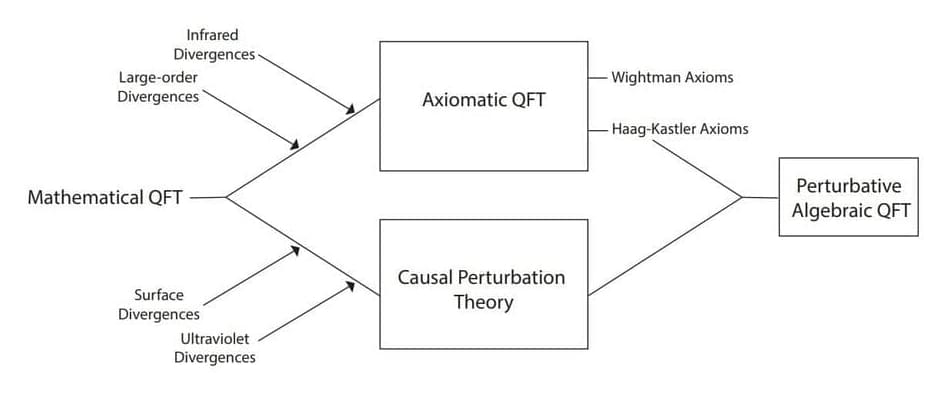
Perturbative expansion is a valuable mathematical technique which is widely used to break down descriptions of complex quantum systems into simpler, more manageable parts. Perhaps most importantly, it has enabled the development of quantum field theory (QFT): a theoretical framework that combines principles from classical, quantum, and relativistic physics, and serves as the foundation of the Standard Model of particle physics.

Microwave dielectric ceramics are the cornerstone of wireless communication devices, widely utilized in mobile communications, satellite radar, GPS, Bluetooth, and WLAN applications. Components made from these ceramic materials, such as filters, resonators, and dielectric antennas, are extensively used in wireless communication networks.
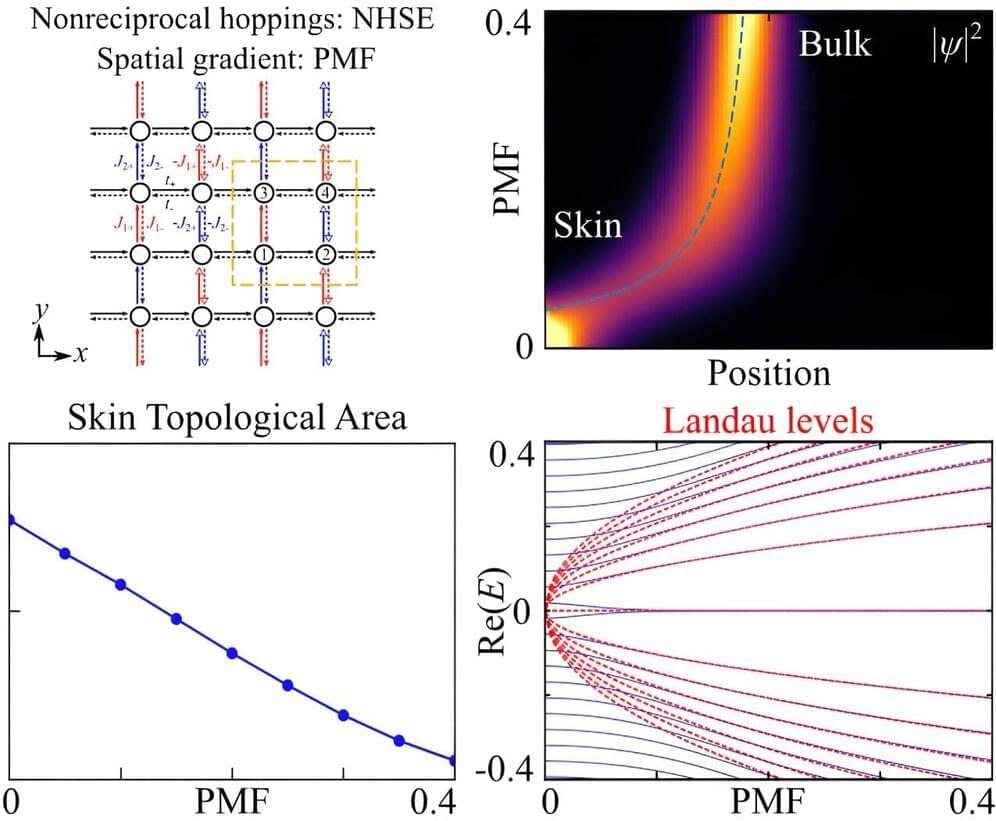
Due to the presence of non-Hermitian components, wave intensities tend to localize at the system boundary, namely the non-Hermitian skin effect. The skin behavior is protected by topology, making it insensitive to minor changes. Nevertheless, it has recently been shown that the non-Hermitian skin effect can be suppressed by real magnetic fields.
Zhang, Xue, and Zhang’s graduate student Hau Tian Teo wondered, “Can a ‘fake’ magnetic field —pseudomagnetic field—also suppress the non-Hermitian skin effect?” The team then performed theoretical calculations on a two-dimensional lattice array to study the topology and movement of the skin behavior.
By switching on the pseudomagnetic field, the team discovered that the skin states can be pushed into the bulk. “This movement from skin to bulk can be precisely traced by a theoretically predicted trajectory,” Teo suggests. In addition to the movement, the suppression is reflected in the reduction of topological number.
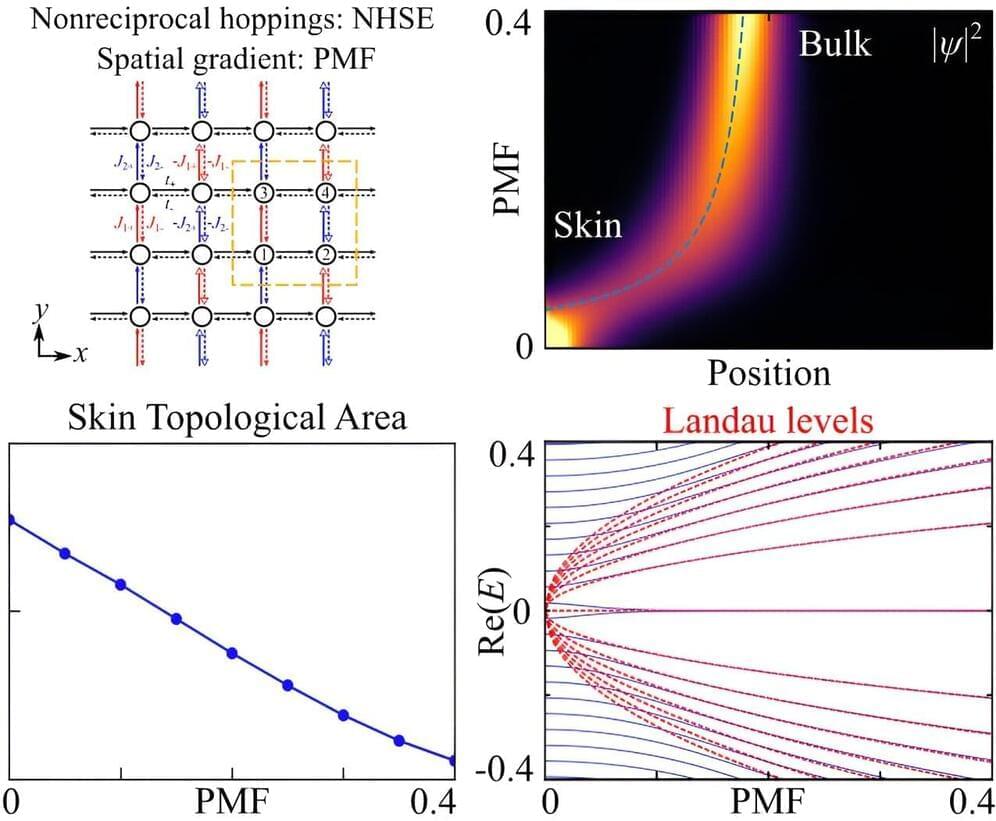

Researchers at the University of Bristol have made an important breakthrough in scaling quantum technology by integrating the world’s tiniest quantum light detector onto a silicon chip. The paper, “A Bi-CMOS electronic photonic integrated circuit quantum light detector,” was published in Science Advances.

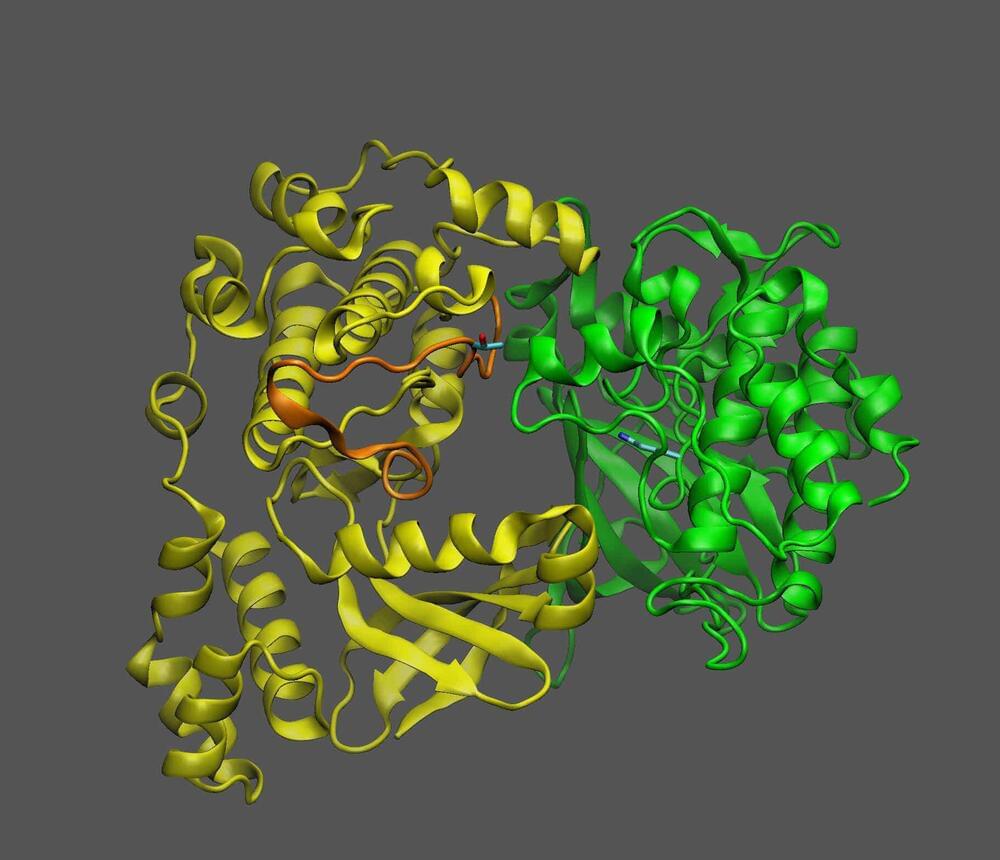
Proteins are molecular machines, with flexible pieces and moving parts. Understanding how these parts move helps scientists unravel the function a protein plays in living things—and potentially how to change its effects. Biochemists at the U.S. Department of Energy’s (DOE) Brookhaven National Laboratory and colleagues at DOE’s Pacific Northwest National Laboratory (PNNL) have published a new example of how one such molecular machine works.
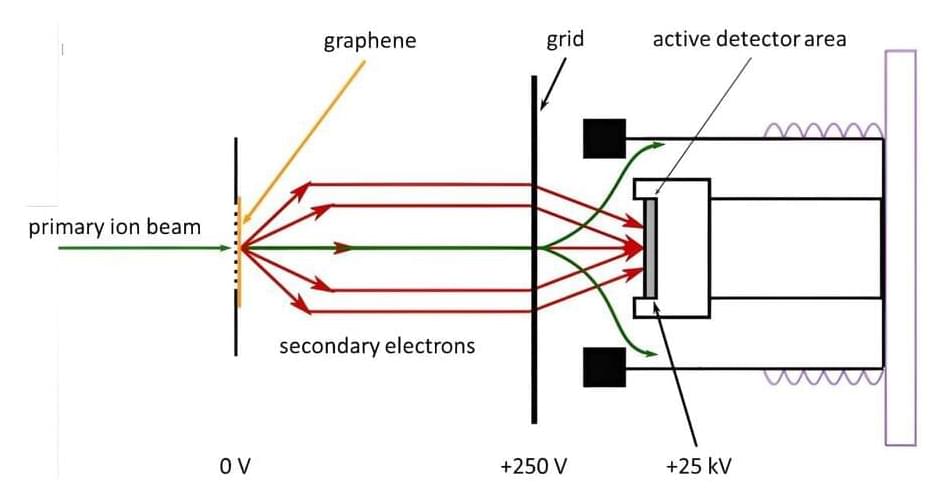
Two-dimensional materials such as graphene promise to form the basis of incredibly small and fast technologies, but this requires a detailed understanding of their electronic properties. New research demonstrates that fast electronic processes can be probed by irradiating the materials with ions first.